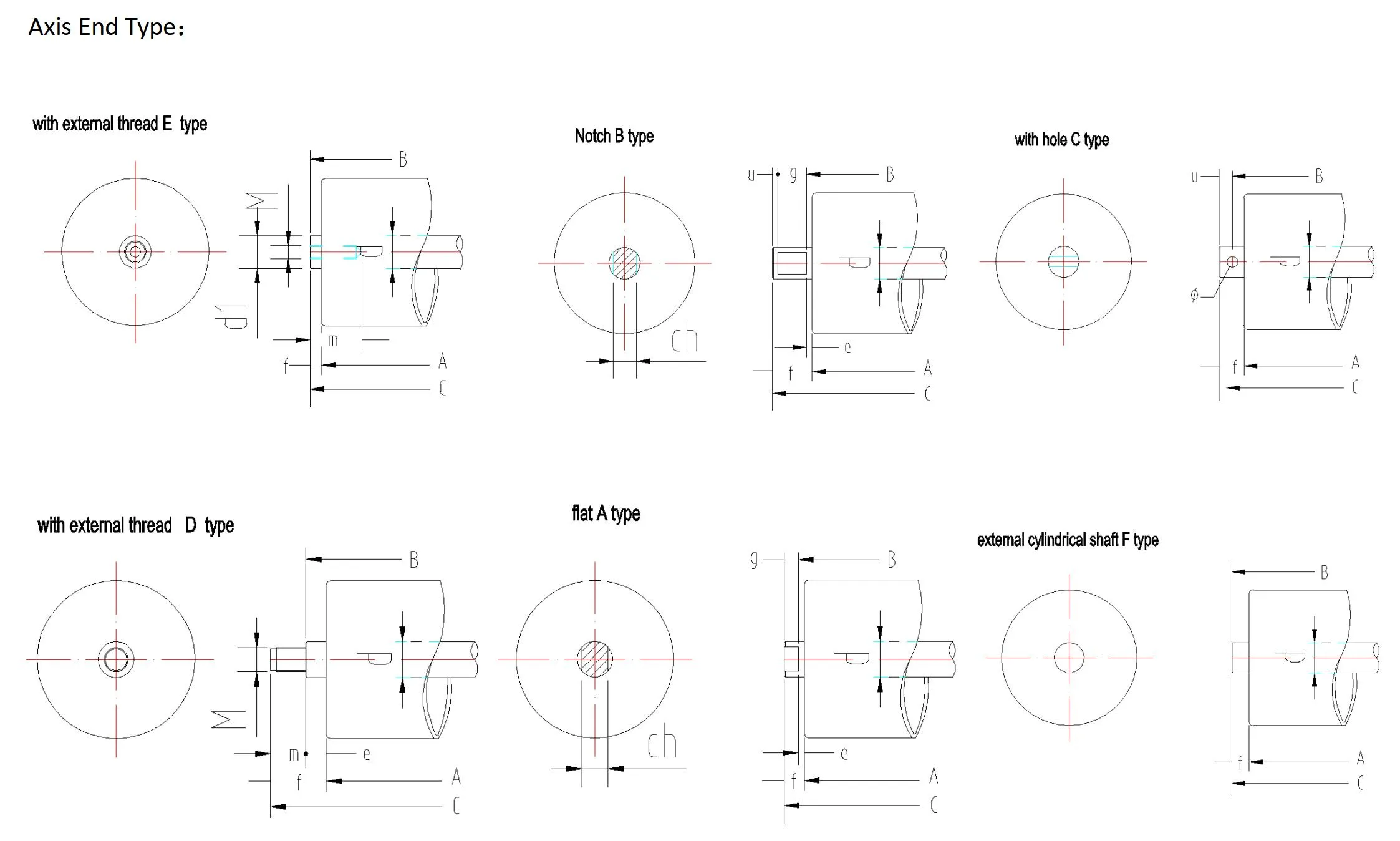 Afrikaans
Afrikaans  Albanian
Albanian  Amharic
Amharic  Arabic
Arabic  Armenian
Armenian  Azerbaijani
Azerbaijani  Basque
Basque  Belarusian
Belarusian  Bengali
Bengali  Bosnian
Bosnian  Bulgarian
Bulgarian  Catalan
Catalan  Cebuano
Cebuano  Corsican
Corsican  Croatian
Croatian  Czech
Czech  Danish
Danish  Dutch
Dutch  English
English  Esperanto
Esperanto  Estonian
Estonian  Finnish
Finnish  French
French  Frisian
Frisian  Galician
Galician  Georgian
Georgian  German
German  Greek
Greek  Gujarati
Gujarati  Haitian Creole
Haitian Creole  hausa
hausa  hawaiian
hawaiian  Hebrew
Hebrew  Hindi
Hindi  Miao
Miao  Hungarian
Hungarian  Icelandic
Icelandic  igbo
igbo  Indonesian
Indonesian  irish
irish  Italian
Italian  Japanese
Japanese  Javanese
Javanese  Kannada
Kannada  kazakh
kazakh  Khmer
Khmer  Rwandese
Rwandese  Korean
Korean  Kurdish
Kurdish  Kyrgyz
Kyrgyz  Lao
Lao  Latin
Latin  Latvian
Latvian  Lithuanian
Lithuanian  Luxembourgish
Luxembourgish  Macedonian
Macedonian  Malgashi
Malgashi  Malay
Malay  Malayalam
Malayalam  Maltese
Maltese  Maori
Maori  Marathi
Marathi  Mongolian
Mongolian  Myanmar
Myanmar  Nepali
Nepali  Norwegian
Norwegian  Norwegian
Norwegian  Occitan
Occitan  Pashto
Pashto  Persian
Persian  Polish
Polish  Portuguese
Portuguese  Punjabi
Punjabi  Romanian
Romanian  Russian
Russian  Samoan
Samoan  Scottish Gaelic
Scottish Gaelic  Serbian
Serbian  Sesotho
Sesotho  Shona
Shona  Sindhi
Sindhi  Sinhala
Sinhala  Slovak
Slovak  Slovenian
Slovenian  Somali
Somali  Spanish
Spanish  Sundanese
Sundanese  Swahili
Swahili  Swedish
Swedish  Tagalog
Tagalog  Tajik
Tajik  Tamil
Tamil  Tatar
Tatar  Telugu
Telugu  Thai
Thai  Turkish
Turkish  Turkmen
Turkmen  Ukrainian
Ukrainian  Urdu
Urdu  Uighur
Uighur  Uzbek
Uzbek  Vietnamese
Vietnamese  Welsh
Welsh  Bantu
Bantu  Yiddish
Yiddish  Yoruba
Yoruba  Zulu
Zulu Ceramic Coated Conveyor Pulleys for Enhanced Durability and Performance
The Importance of Ceramic Lagging for Conveyor Pulleys
Conveyor systems are crucial in various industries, including mining, manufacturing, and logistics. They play a vital role in transporting materials efficiently and safely. One of the often-overlooked components of these systems is the conveyor pulley. While the design and material of the pulley itself are significant, the lagging material that covers the pulley’s surface can greatly influence its performance. Ceramic lagging is an innovative solution that offers numerous advantages over traditional lagging materials.
Ceramic lagging consists of high-friction ceramic tiles bonded to a rubber backing. This combination delivers superior wear resistance, skid resistance, and grip. The primary function of lagging is to enhance the traction between the pulley and the conveyor belt. This is crucial because effective belt traction minimizes slippage, ensuring that materials are transported efficiently. When slippage occurs, it not only reduces the effectiveness of the conveyor system but can also lead to increased wear and tear on both the pulley and the conveyor belt itself.
The Importance of Ceramic Lagging for Conveyor Pulleys
Moreover, the high-friction surface of ceramic lagging provides enhanced traction. This is particularly important in applications where steep inclines are common. The added grip ensures that materials move smoothly without risking rollover or slippage. In sectors like mining, where the transported materials can often be heavy and abrasive, ceramic lagging significantly contributes to operational efficiency and safety.
ceramic lagging conveyor pulley

Another advantage of ceramic lagging is its ability to withstand temperature fluctuations. In industrial settings, conveyors can be exposed to extreme heat and cold. Regular lagging materials may degrade under these conditions, leading to increased maintenance requirements. However, the robust nature of ceramic lagging ensures it remains reliable and effective over a broader range of temperatures, enhancing the overall resilience of the conveyor system.
In terms of installation and maintenance, ceramic lagging is also advantageous. Its resistance to wear implies that once it is installed, it requires minimal attention, allowing operators to focus on other aspects of their operations. The installation process itself is straightforward, as ceramic lagging can be applied directly to the pulleys with appropriate adhesives, minimizing downtime during installation.
Furthermore, the selection of ceramic lagging can be tailored based on specific operational needs. Various textures and tile shapes can enhance performance for specific applications. For instance, tile patterns with more pronounced textures can be chosen for environments where extreme traction is required, while smoother tiles may be selected for standard operations.
In conclusion, ceramic lagging is an essential upgrade for conveyor pulleys, offering a blend of durability, high friction, and resistance to wear in harsh operational environments. As industries continue to strive for efficiency and cost-effectiveness, the transition to ceramic lagging provides a practical solution that enhances the performance and lifespan of conveyor systems. By investing in this advanced lagging technology, companies can improve their operational reliability while reducing maintenance costs, thereby achieving greater productivity in their operations.
-
Revolutionizing Conveyor Reliability with Advanced Rubber Lagging PulleysNewsJul.22,2025
-
Powering Precision and Durability with Expert Manufacturers of Conveyor ComponentsNewsJul.22,2025
-
Optimizing Conveyor Systems with Advanced Conveyor AccessoriesNewsJul.22,2025
-
Maximize Conveyor Efficiency with Quality Conveyor Idler PulleysNewsJul.22,2025
-
Future-Proof Your Conveyor System with High-Performance Polyurethane RollerNewsJul.22,2025
-
Driving Efficiency Forward with Quality Idlers and RollersNewsJul.22,2025





























